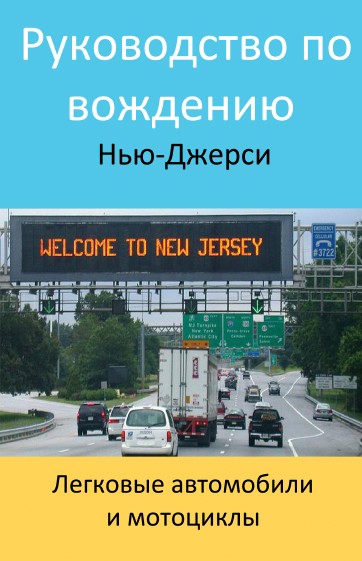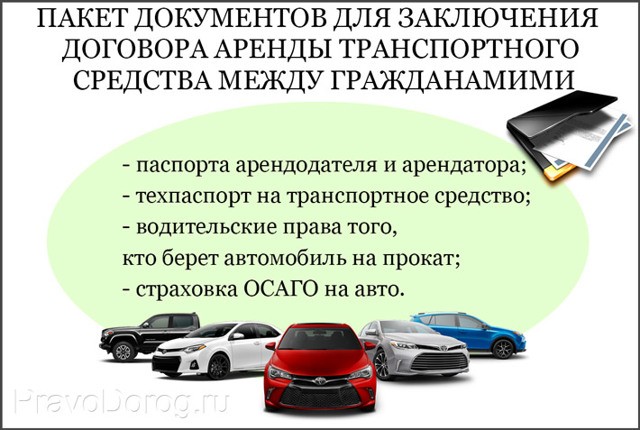
Highway Code for New Hampshire Drivers
Content
If you have a valid driver's license, chances are you are very familiar with the rules of the road in your home state, as well as those that remain the same in different places. While there are many common sense rules of the road, some of them differ from state to state. If you are planning to visit or live in New Hampshire, you will need to know the rules of the road for drivers listed below, which may be different from what you are used to.
Licenses and permits
Those who move to New Hampshire must upgrade their licenses to a state license within 60 days of receiving a residence permit. Any vehicles must also be registered in New Hampshire within 60 days of becoming a resident.
Youth operator licenses are for individuals aged 16 to 20. These licenses are limited and do not allow driving from 1:4 to 6:1. For the first 25 months, drivers are not allowed to have more than 25 passengers under the age of XNUMX who are not a family member, unless the car has a licensed driver aged XNUMX or older.
New Hampshire allows those who are 15 years and 6 months old to drive if they have proof of age and have a parent, guardian or licensed driver over 25 in the front seat.
Necessary equipment
All vehicles must have a working defroster blowing hot air over the windshield.
Rear view mirrors are required and cannot be broken, cracked or obstructed.
All vehicles must have working windshield wipers.
License plate lighting is mandatory on all vehicles.
Requires a sound muffler system that is free of leaks and holes and does not allow excessive noise.
All vehicles must have working speedometers.
Seat belts and child restraints
Any driver under the age of 18 driving a vehicle is required to wear a seat belt.
Children under 6 years of age and less than 55 inches tall must be in an approved child safety seat that fits their size and is correctly positioned according to the manufacturer's specifications.
Drivers are responsible for ensuring that all children are restrained properly.
right of way
When approaching an intersection, drivers must give way to any vehicle or pedestrian already at the intersection.
Pedestrians in intersections and crosswalks always have the right of way.
Drivers must always give way to vehicles that are part of the funeral procession.
Drivers must give way at any time if doing so could lead to an accident.
Fundamental rules
Inspections All cars must pass inspection once a year. These checks take place within the month of the birth of the vehicle owner. Vehicles must be checked at an official inspection station.
Motorcycles - All drivers and passengers under the age of 18 are required to wear helmets when riding a motorcycle.
Right turn on red - It is legal to turn right at a red light in the absence of signs prohibiting this and give way to other drivers and passengers. However, it is illegal if the DO NOT GO signal is on and flashing.
Dogs - Dogs are allowed in the back of pickups. However, they must be secured to prevent the animal from jumping, falling or being ejected from the vehicle.
Turn signals — Drivers are required to use turn signals 100 feet prior to a turn on city streets and 500 feet prior to the turn when on the highway.
Deceleration - Drivers have to apply the brakes three or four times to get the brake light on when they slow down in a place that others don't expect. This includes exiting the highway, entering the roadway, parking, and when there are obstacles on the road that drivers behind your car may not see.
school zones - The speed limit in school zones is 10 miles per hour less than the posted speed limit. This is valid 45 minutes before school opens and 45 minutes after school closes.
Slow drivers — The driver is prohibited from operating the vehicle at a speed low enough to change the normal flow of traffic. If vehicles pile up behind a slow driver, he or she must pull off the road so other drivers can pass. Under ideal weather conditions, the minimum speed limit on interstates is 45 mph.
The New Hampshire driving rules above may differ from those in your state. Keeping them in addition to the ones that are always the same no matter where you drive will keep you legal and safe on the roads. If you have questions, please refer to the New Hampshire Driver's Handbook.
